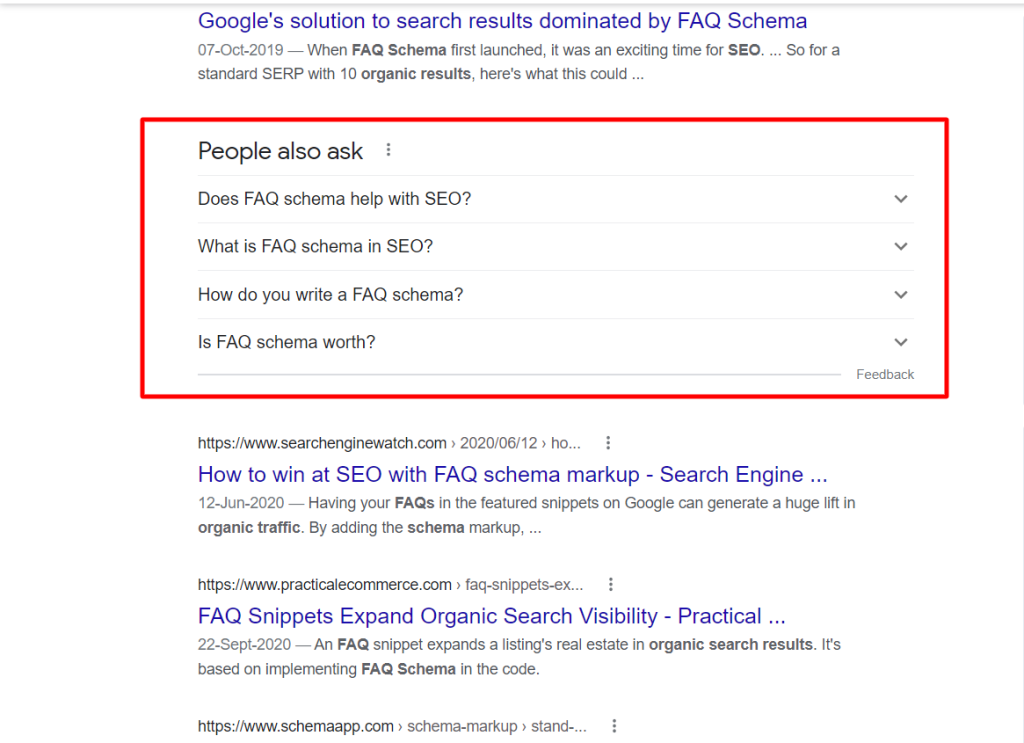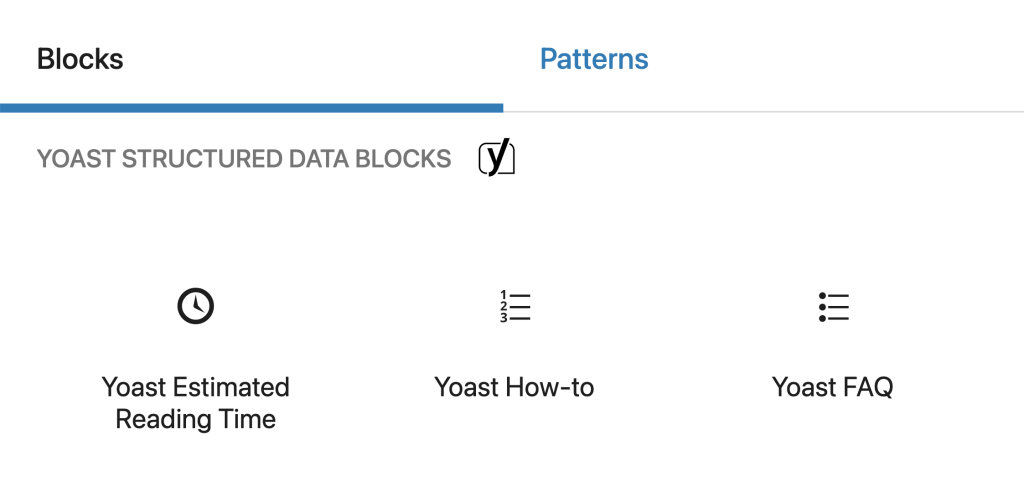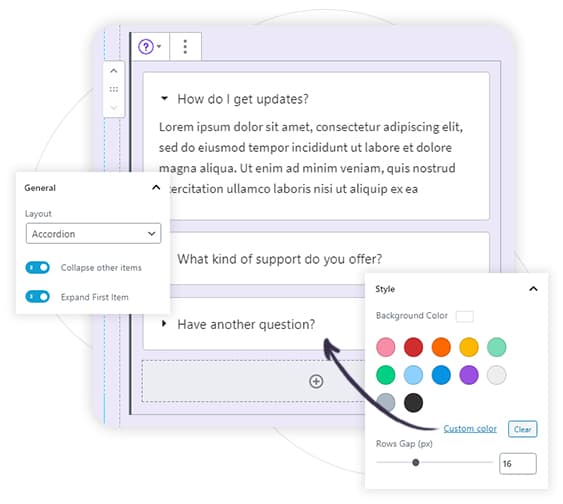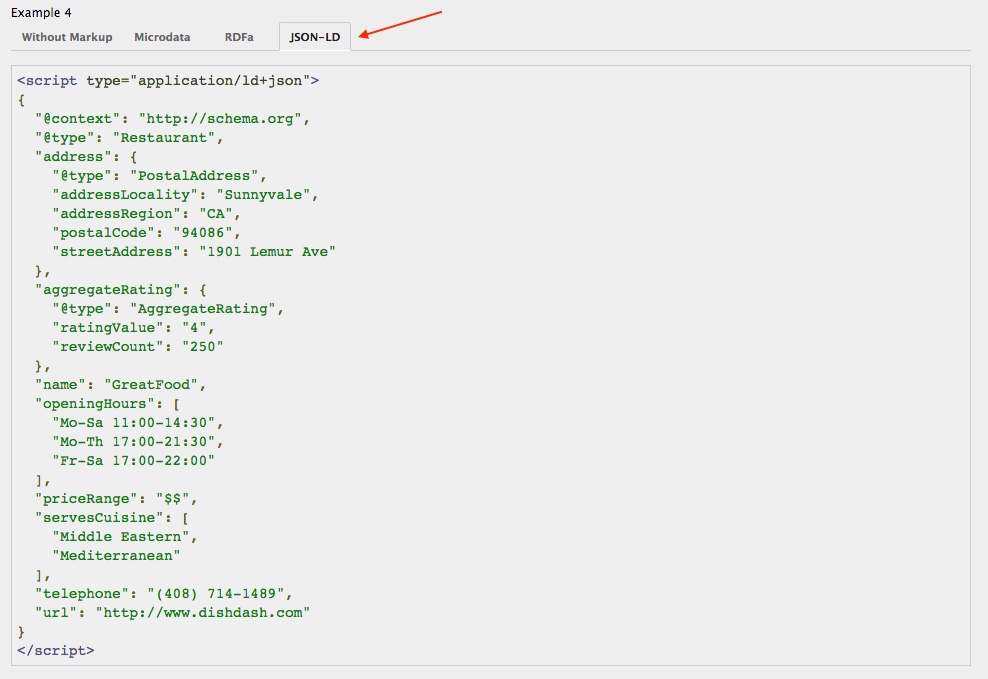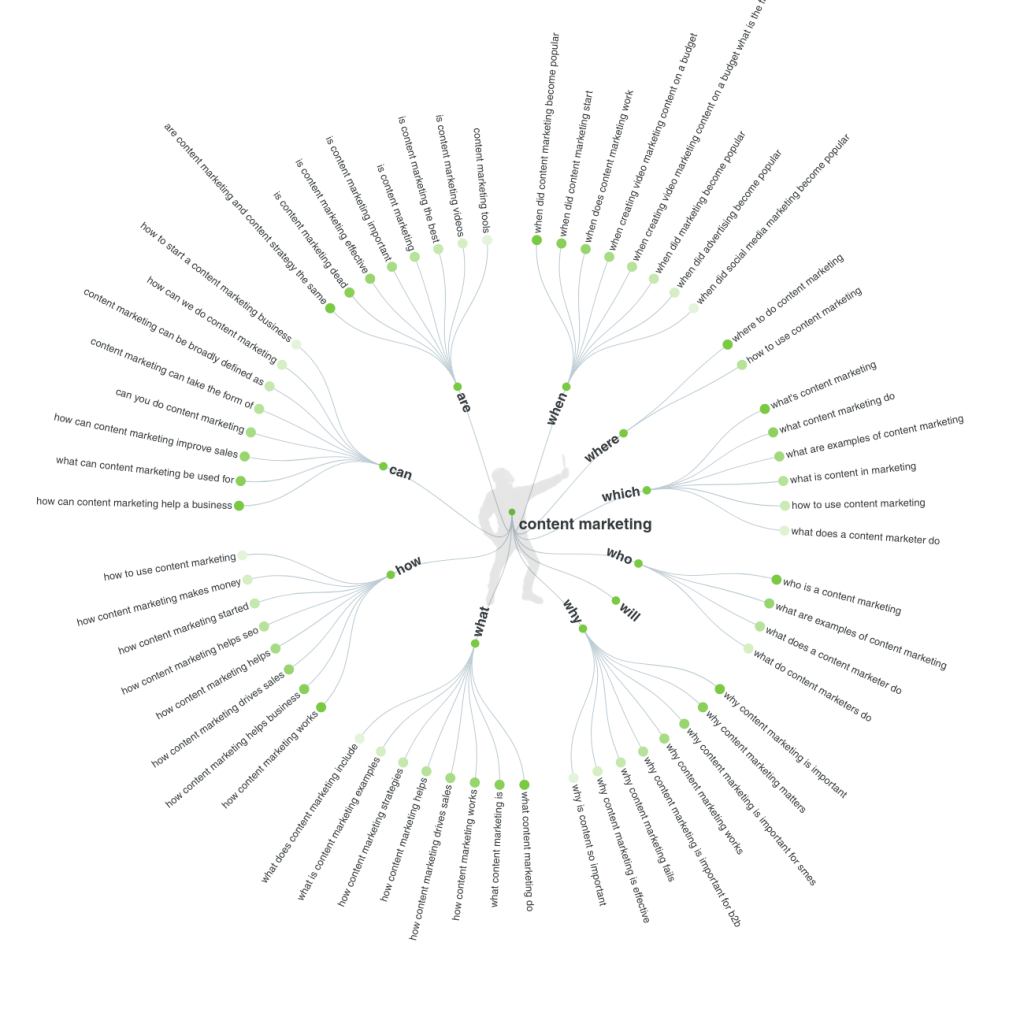In 2019, Google officially announced that they are now fully supporting FAQ schema within Google Search. This means that webmasters who properly add the FAQ structured data to their pages could receive a number of SEO benefits.
This doesn’t necessarily lead to a higher ranking, but if Google shows your listing as a rich snippet, your website listing will take up more virtual real estate in the SERPS, which often leads to a higher click-through rate.
What is FAQ Schema?
FAQ Schema is a list of questions and answers related to a specific topic. When this information is added to a web page using proper JSON markup, it is eligible to appear as a rich snippet in Google.
If all that sounds a little bit daunting, don’t worry! In this guide, I’m going to show you how to easily add FAQ schema to your website WITHOUT any coding knowledge. In fact, there are a number of WordPress plugins that make this easy.
By the end of this article, you’ll know how to add, test, and validate FAQ schema code on any web page (or blog post) so that you can start grabbing your own rich snippets in Google!
But before I show you the simplest way to add schema data to your website, let’s gain a deeper understanding of schema and how it can benefit your website.
Benefits of Schema and Rich Snippets
Schema is structured data that enhances your website listing in the SERP (search engine results page). Keep in mind, adding schema to your site does not (directly) affect your rankings.
Instead, it adds relevant data that helps searchers find exactly what they’re looking for. It also gives Google a deeper understanding of your site’s content. Similar to metadata like the SEO title and description, but with many more options and use cases.
This extra data often appear as rich snippets in the search results.
There are many different types of rich snippets that can be found on Google. You’ve probably seen many of these while searching the web.
Rich snippets can include star ratings, recipe information, product pricing and availability, frequently asked questions, breadcrumbs, videos, and more.
As you might imagine, these rich snippets often attract more attention and take up more real estate than the traditional SERP listing. This often leads to a higher click-through rate. Because of that, rich snippets can often (indirectly) increase your website traffic.
Imagine that you’re searching for a recipe and one of the results has a photo of the recipe right there in the listing. Which one are you more likely to click?
I’m betting it’s the one with the image, all things being equal. It immediately stands out and grabs your attention.
That’s one of the benefits of adding schema to your website. You become eligible for rich snippets – which enhance your search results.
I’m a big fan of FAQ schema in particular because not only does it increase your CTR in the search results, but it also serves your readers!
Helping to answer some of their most commonly asked questions.
But there are some common rules and guidelines that you need to follow. Google provides a list of do’s and don’ts on their website.
How to Add FAQ Schema in WordPress?
Ok, so now that you know the benefits of this structured JSON data, how do you add it to your blog posts and web pages without any coding or technical mumbo jumbo.
WordPress plugins to the rescue!
Yoast SEO – built-in Schema Blocks
We’ll start with a WordPress plugin you may already have. If you’re using Yoast SEO on your blog, then you already have access to a variety of schema types.
Yoast has a Gutenberg block specifically for FAQ schema. Simply add this block to your page. Add your list of frequently asked questions, along with the answers. And tada… you’re content is now eligible to appear in Google as a rich snippet.
Plus, you’re also providing additional value to your readers. Win-Win.
Gutenberg Blocks Plugin
This free plugin adds a ton of additional functionality to Gutenberg without slowing down your site. It’s lightweight and built with speed in mind.
This plugin adds 2 additional blocks to Gutenberg, allowing you to easily add schema for Reviews and FAQ.
If you’re looking for a free solution that also adds some cool features to Gutenberg, this is my top pick.
Structured Content (JSON-LD)
If you’re looking for a simple plugin that works with both Gutenberg AND the classic editor, this one does the trick. Very easy to use.
I’ve been using this one to add FAQ to the bottom of our blog posts.
Structured Content (JSON-LD) WordPress Plugin – in Gutenberg
With this plugin, you can insert FAQ schema multiple times in any post or page. Once you’ve installed the plugin, simply click on the new icon in the title bar of your WordPress editor (classic version).
Or… if you’re using Gutenberg, you’ll find a new content block that allows you to add an FAQ anywhere on the page. Simply fill in your questions. Add your answers. And you’re ready to go!
Alternatively, you can also use the built-in shortcodes they provide.
What Questions Should I Include?
You might be wondering… what sort of questions should I include in FAQ Schema?
There are actually a few tools that can help you with this. But the rules here are the same for any content that you’re creating.
The first key is to identify the search intent of the user. Why did they come to this particular blog post in the first place?
What sort of answers are they looking for?
What problem are they trying to solve?
What are some other related questions they might ask in regards to this topic? Those are excellent questions and answers to add to your FAQ Schema section.
But Google will often tell you exactly what people are asking related to any particular topic. Simply type a keyword into Google and you’ll often see a section that says “People also ask”.
Here you’ll find a ton of great questions that you can add to your FAQ. If you click on a question, Google will also start showing additional questions. Feeding you a long list of ideas.
Google is one of the best places to get ideas because the massive amount of data they have ensures that you’re getting very relevant information driven by what users are already asking and searching for.
But if you’d like to dig a little deeper, you can also use tools like AnswerThePublic and Quora.
Validate and Preview Your FAQ Schema
Once you’ve added relevant, helpful questions and answers to your blog post, you can validate your JSON code using the Structured Data Testing Tool from Google. This tool will show you ALL of the schema data on that particular page and whether or not it’s been set up correctly.
Once you’ve published your page, you can also preview what your rich snippet might look like in Google’s results using this tool.
Once you’ve run the test, click on “Preview Search Result” to see a preview of what your rich snippet would actually look like on Google.
Conclusion:
Keep in mind, Google doesn’t always show a rich snippet, even when you’ve set up your schema properly.
But by having your pages marked up appropriately with as much relevant information as possible, you are much more likely to get an enhanced search result, increase your click-through rates, and take up more real estate in the SERPS.
Keep in mind that FAQ Schema generally appears on page 1 of the Google search results page. So if you have specific keywords that are already ranking on page one, go ahead and add FAQ schema to those pages.
It’s an excellent way to potentially increase your CTR and provide additional value to your readers.
Very few people are currently implementing this strategy, so it’s a great way to gain an advantage over your competitors.
